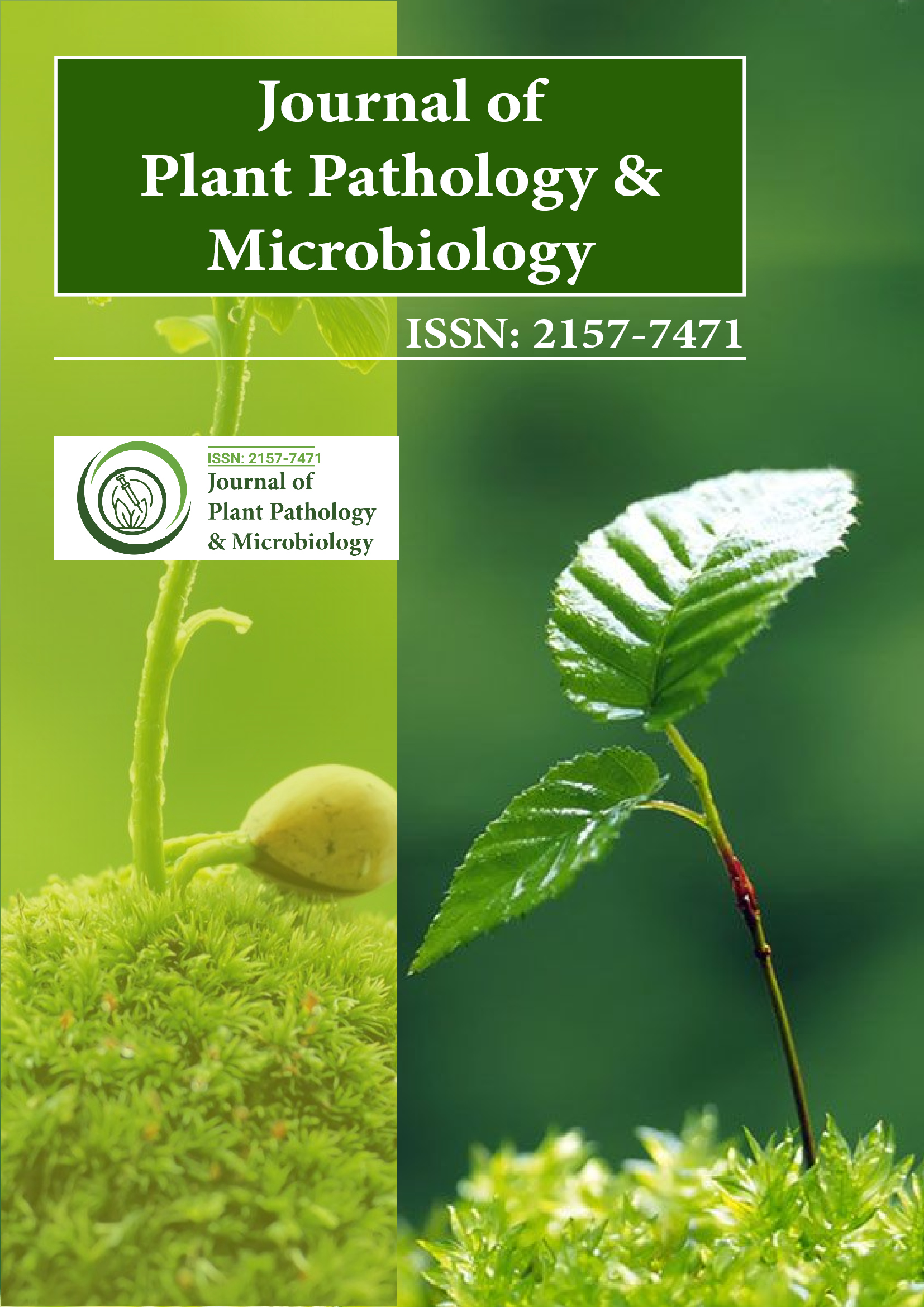зҙўеј•дәҺ
- жү“ејҖ J й—Ё
- Genamics жңҹеҲҠжҗңзҙў
- еӯҰжңҜй’ҘеҢҷ
- жңҹеҲҠзӣ®еҪ•
- еј•з”Ёеӣ еӯҗ
- д№Ңе°”йҮҢеёҢзҡ„жңҹеҲҠзӣ®еҪ•
- и®ҝй—®е…ЁзҗғеңЁзәҝеҶңдёҡз ”з©¶ (AGORA)
- з”өеӯҗжңҹеҲҠеӣҫд№ҰйҰҶ
- еӣҪйҷ…еҶңдёҡдёҺз”ҹзү©з§‘еӯҰдёӯеҝғ (CABI)
- еҸӮиҖғжҗңзҙў
- з ”з©¶жңҹеҲҠзҙўеј•зӣ®еҪ• (DRJI)
- е“Ҳе§ҶиҫҫеӨ§еӯҰ
- дәҡеҲ©жЎ‘йӮЈе·һEBSCO
- OCLC-WorldCat
- еӯҰиҖ…жҢҮеҜј
- SWB еңЁзәҝзӣ®еҪ•
- иҷҡжӢҹз”ҹзү©еӯҰеӣҫд№ҰйҰҶ (vifabio)
- жҷ®еёғйҡҶж–Ҝ
- ж—ҘеҶ…з“ҰеҢ»еӯҰж•ҷиӮІдёҺз ”з©¶еҹәйҮ‘дјҡ
- 欧жҙІй…’еҗ§
- и°·жӯҢеӯҰжңҜ
жңүз”Ёзҡ„й“ҫжҺҘ
еҲҶдә«жӯӨйЎөйқў
жңҹеҲҠдј еҚ•

ејҖж”ҫиҺ·еҸ–жңҹеҲҠ
жҠҪиұЎзҡ„
йҰҷи•үжһңе®һжҲҗзҶҹиҝҮзЁӢдёӯеҸҜжә¶жҖ§жҖ»зі–гҖҒй…ҡе’ҢйҳІеҫЎзӣёе…ій…¶дёҺжҜӣиүІдәҢеӯўиҸҢпјҲLasiodiplodia theobromae [(Path.) Griff. and Maubl.] еј•иө·зҡ„йҰҷи•үжһңе®һи…җзғӮзҡ„е…ізі»
Kedar NathгҖҒSolanky KUгҖҒMahatma MKгҖҒMadhubala е’Ң Rakesh M Swami
еңЁеӮЁи—ҸиҝҮзЁӢдёӯпјҢйҰҷи•үжһңе®һдјҡж„ҹжҹ“еӨҡз§ҚзңҹиҸҢз—…е®іпјҢеҰӮжҢҮи…җз—…гҖҒжһңи…җз—…гҖҒеҶ и…җз—…гҖҒйӣӘиҢ„и’Ӯи…җз—…е’ҢеҮ№йҷ·з—…зӯүгҖӮеңЁиҝҷдәӣз–ҫз—…дёӯпјҢз”ұLasiodiplodia theobromae [(Path.)Griff. е’Ң Maubl.] еј•иө·зҡ„жһңи…җз—…жҳҜеҚ—еҸӨеҗүжӢүзү№йӮҰжңҖдёҘйҮҚзҡ„йҮҮеҗҺз—…е®іпјҢе®ғдјҡеҜјиҮҙйҰҷи•үжһңиӮүе’Ңжһңзҡ®еңЁжҲҗзҶҹиҝҮзЁӢдёӯз”ҹеҢ–еҗ«йҮҸеҸ‘з”ҹеҸҳеҢ–гҖӮзі–гҖҒй…ҡзұ»иӢҜдёҷж°Ёй…ёи§Јж°Ёй…¶ (PAL)гҖҒеӨҡй…ҡж°§еҢ–й…¶ (PPO) е’ҢиҝҮж°§еҢ–зү©й…¶(POX) иў«и®ӨдёәеңЁжӨҚзү©жҠ—з—…жҖ§дёӯиө·зқҖйҮҚиҰҒдҪңз”ЁгҖӮеңЁеҹ№е…»еҗҺ 0гҖҒ48 е’Ң 72 е°Ҹж—¶жөӢе®ҡдәҶжҲҗзҶҹиҝҮзЁӢдёӯж„ҹжҹ“е’ҢжңӘж„ҹжҹ“йҰҷи•үжһңе®һзҡ„жҖ»зі–гҖҒй…ҡеҗ«йҮҸгҖҒиӢҜдёҷж°Ёй…ёи§Јж°Ёй…¶гҖҒеӨҡй…ҡж°§еҢ–й…¶е’ҢиҝҮж°§еҢ–зү©й…¶жҙ»жҖ§гҖӮз»“жһңиЎЁжҳҺпјҢжҖ»еҸҜжә¶жҖ§зі–еҗ«йҮҸйҡҸзқҖжҲҗзҶҹйҳ¶ж®өиҖҢеўһеҠ пјҢдҪҶдёҺжңӘж„ҹжҹ“жһңе®һзӣёжҜ”пјҢж„ҹжҹ“жһңе®һзҡ„еҸҜжә¶жҖ§зі–еҗ«йҮҸйҷҚдҪҺгҖӮ PALжҙ»жҖ§йҷҚдҪҺгҖҒPPOе’ҢPOXжҙ»жҖ§еўһејәеҸҜиғҪдёҺжҲҗзҶҹйҳ¶ж®өиӢҜй…ҡеҗ«йҮҸйҷҚдҪҺжңүе…іпјҢдҪҶеңЁеҸ—ж„ҹжҹ“зҡ„йҰҷи•үжһңе®һдёӯиӢҜй…ҡеҗ«йҮҸд»Қ然еўһеҠ гҖӮ